The Fujifilm Klasse (also branded as the Rollei RFM 35) was a premium compact made in 2001, well after the premium compact craze of the early 90’s. With a f/2.6 38mm lens it was originally pitched as an affordable aperture priority premium compact camera aimed at women, travelers and camera enthusiasts. With reversal film being very prevalent at the time, Fujifilm touted the Klasse’s ability to take beautiful color photos of flowers, food, gardening etc. The light compact nature would make portable perfect for snapshots, when traveling or just walking around, while still producing a high quality image for enlarging. And with a classic design and only the necessary functions of a camera, enthusiasts might also enjoy the Fujifilm Klasse.
Often over shadowed by the second iteration’s cult status, is the original worth a shot? Does it stack up against its closest competition, the Contax T2?
f/2.6 aperture, manual focus and an aperture priority mode sounds like an excellent combination for any 35mm compact camera enthusiast. With a friendlier price tag to its later iteration and the Contax, while offering a faster aperture, why look anywhere else?
I bought the Fujifilm Klasse at a used camera shop in Japan. I knew of its successor’s cult status, and the price was right, so I decided to give it a shot. Unfortunately for the Klasse, I had picked up a T2 not 2 months earlier and had fallen in love with it. The Fuji didn’t impress me as much, so after taking only a few photos on the test roll ,I put it down for a few years.
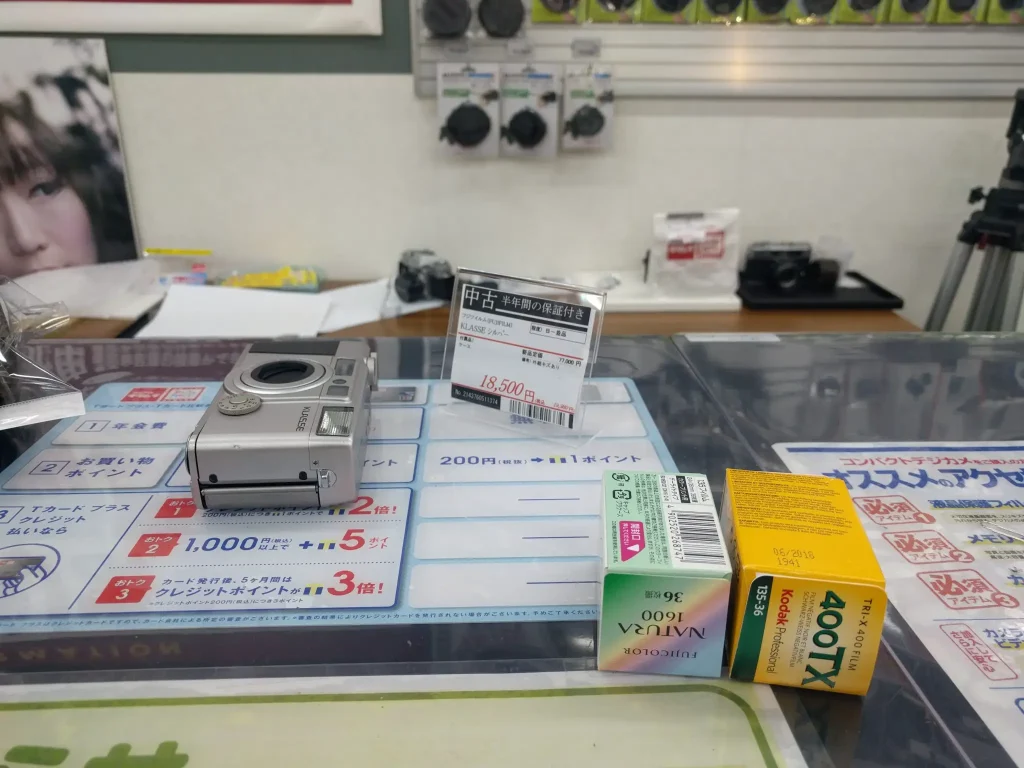
The Fujifilm Klasse has always intrigued me, though. With a class leading fast aperture and close focus distance I knew it could take wonderful photos. A few draw backs had kept me away, but in the end I decided to give it an honest shot. When I did, I was pleasantly surprised by the excellent exposures. Often times spot on and balanced, fairing better than most compact cameras I’ve used.
People often praise the 35Ti for its meter, but the Klasse is as good if not better in my opinion. The Fujifilm Klasse seems to expose more for the highlights but still leaves plenty of information in the shadows. I did not have an opportunity to use reversal film but with Fuji listing that as one of the Klasse’s strong suits, I’m sure it would fair well.
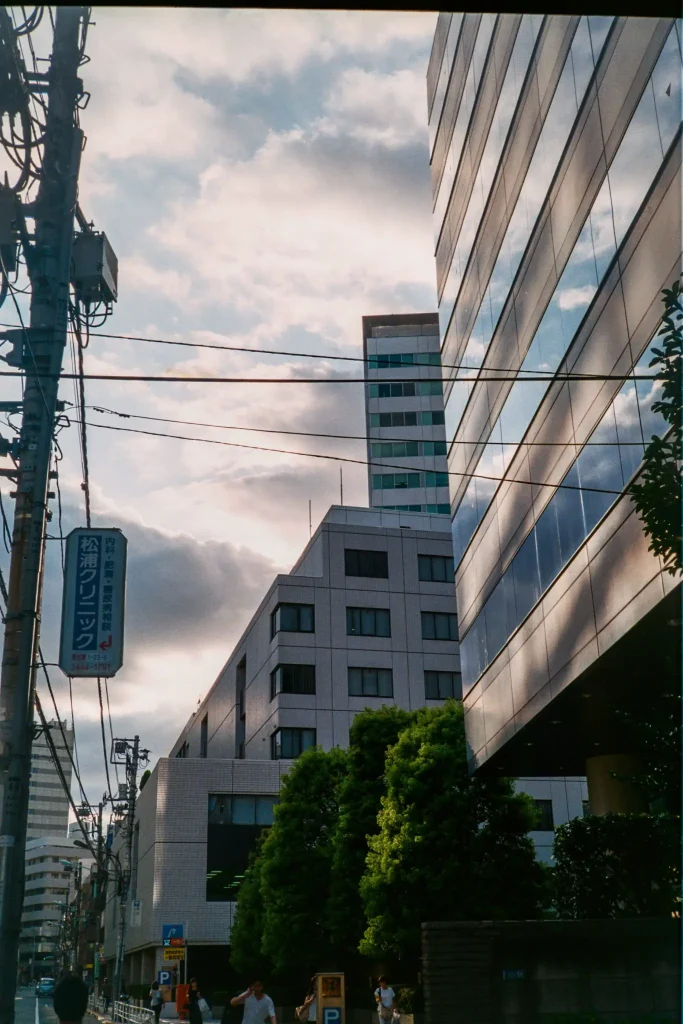
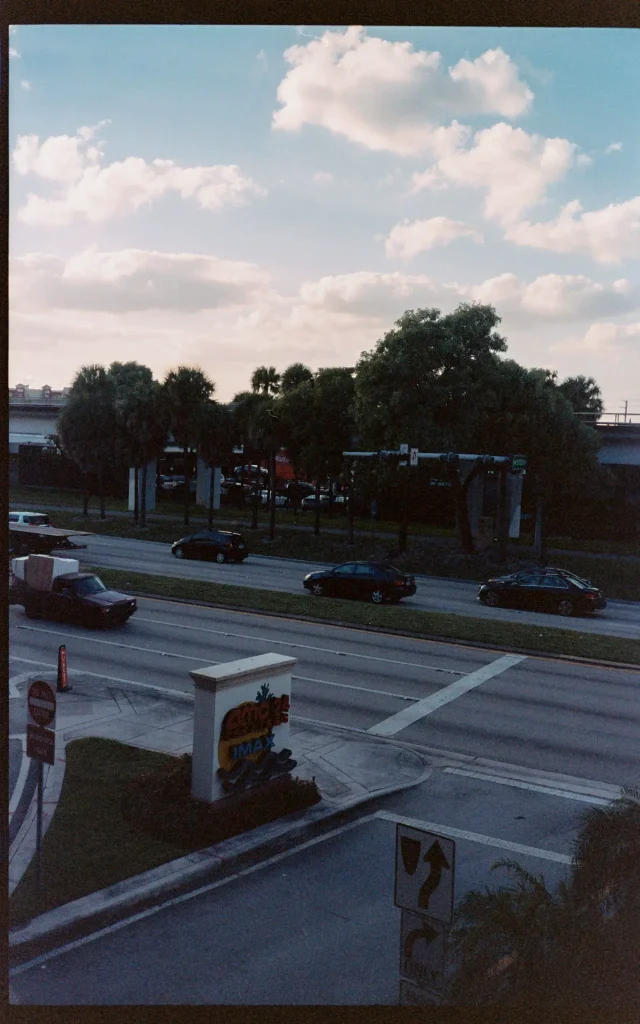
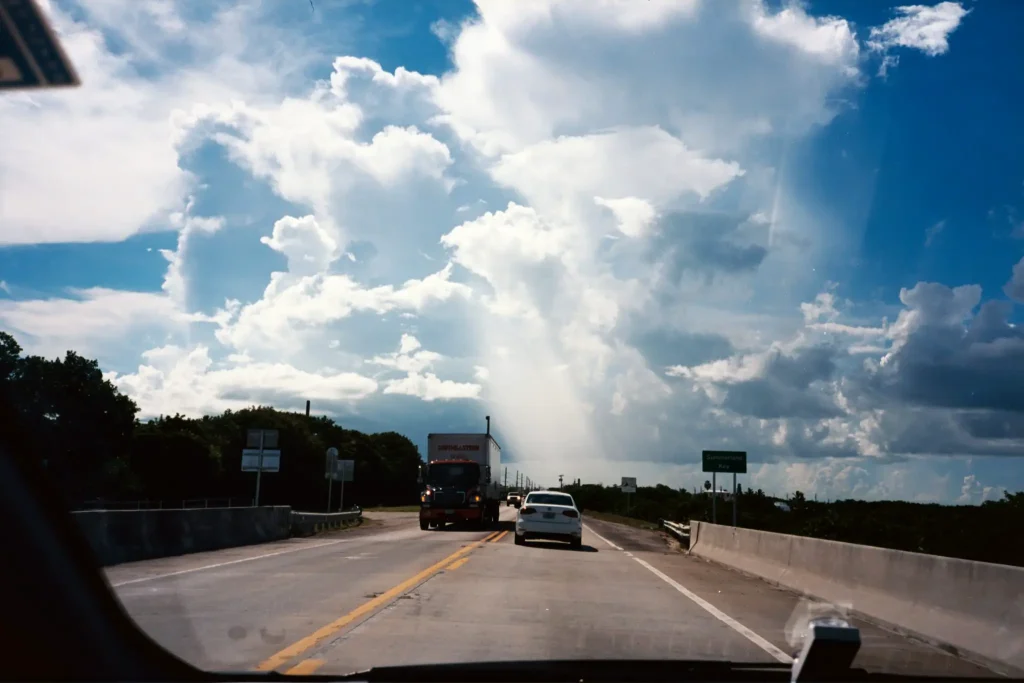
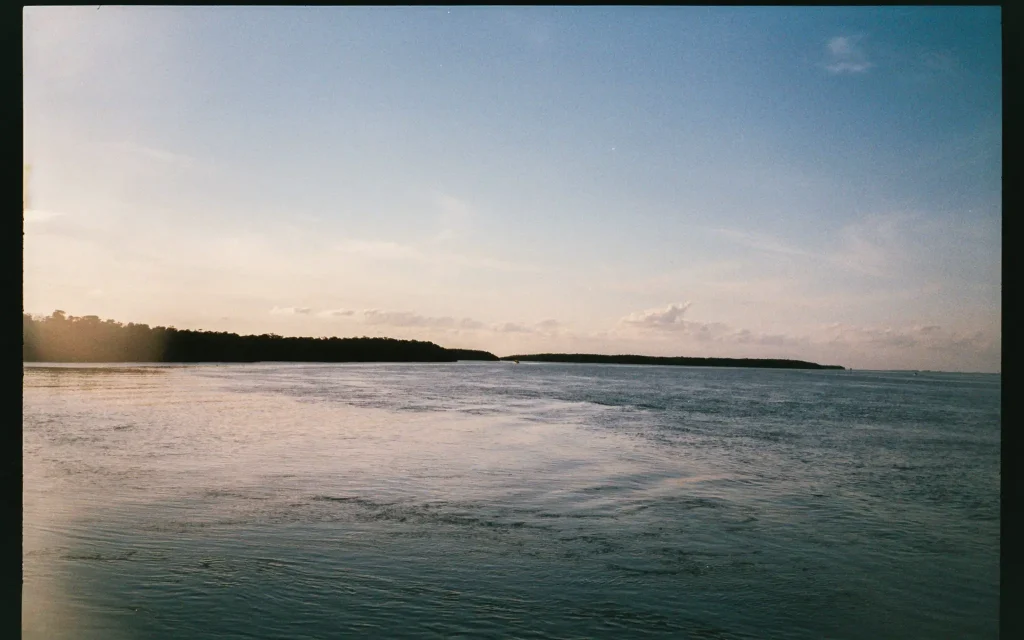
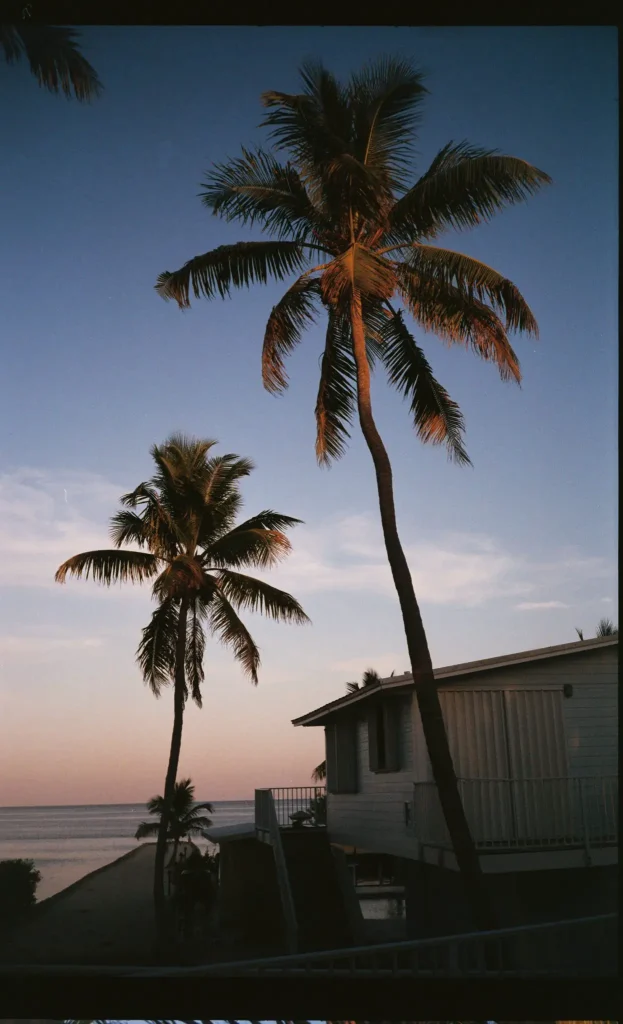
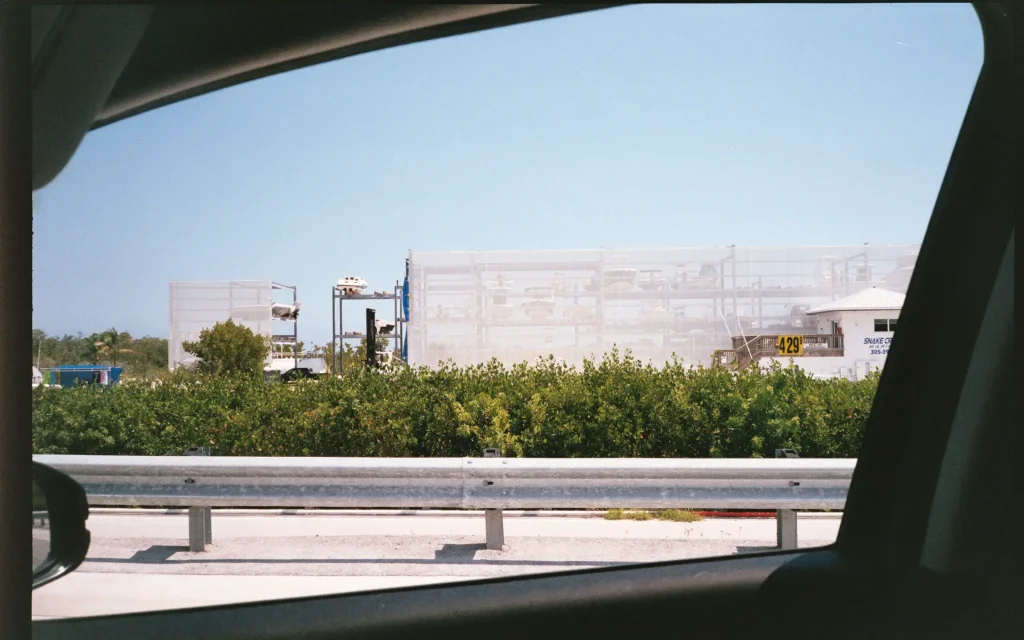
The close focus and fast lens are an excellent combination, made better by the consistent exposures. I don’t think there is a discernible difference between 2.6 and 2.8 on a 38mm lens, but the Fujifilm Klasse can produce beautiful smooth and not distracting bokeh.
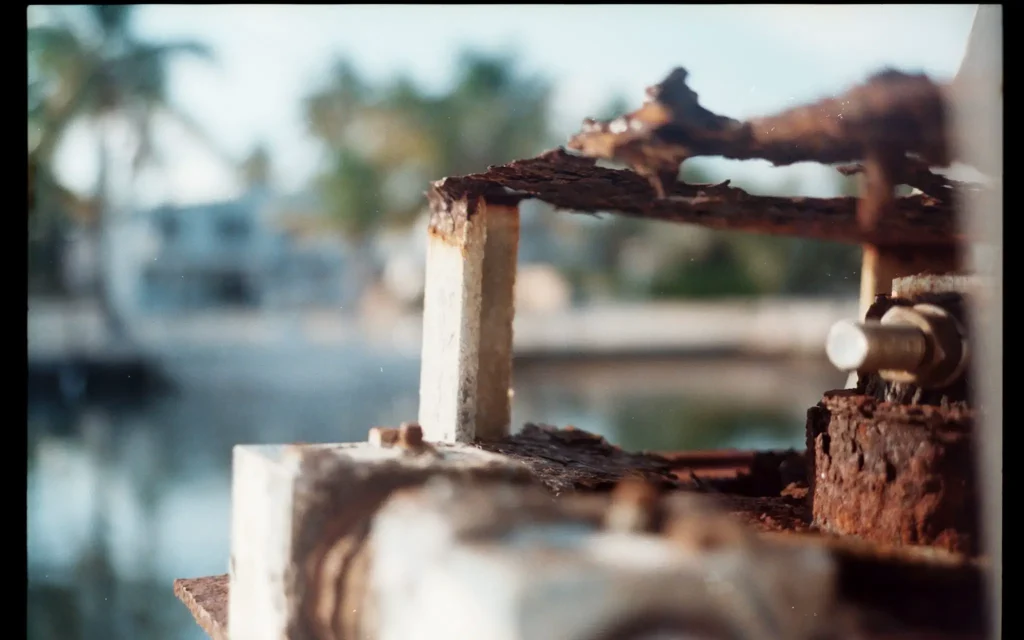
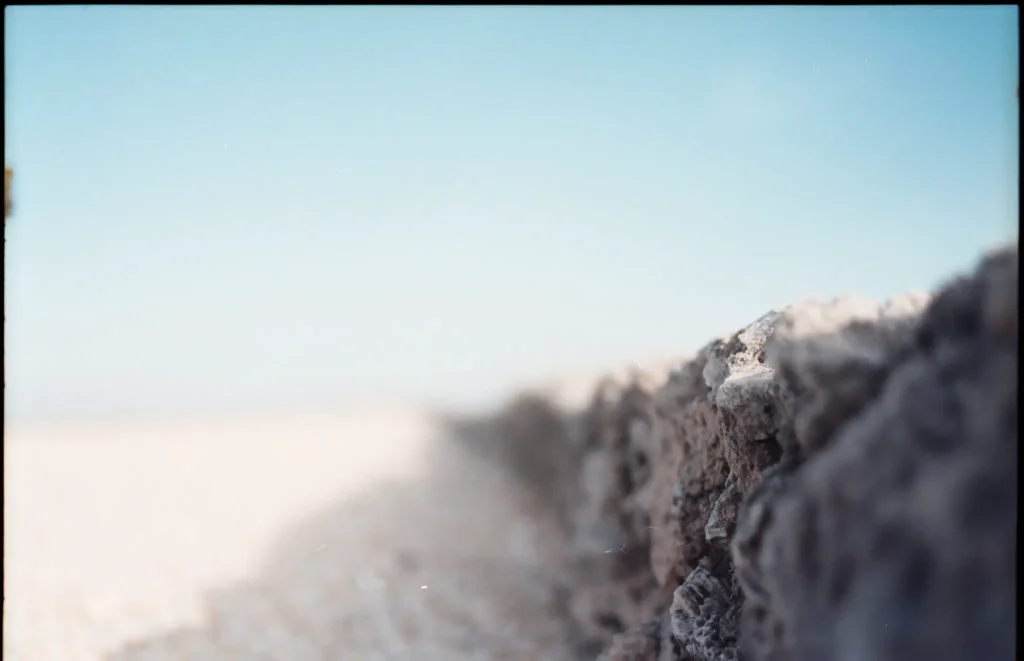
There’s also is a unique characteristic to the Fujifilm Klasse that I very much enjoy. Instead of circular bokeh, the Klasse produces triangular bokeh similar to that of Zeiss’ super speed cine lenses. Some compact cameras, like the Olympus XA, also produce uniquely shaped, but the Klasse produces a very defined shape!
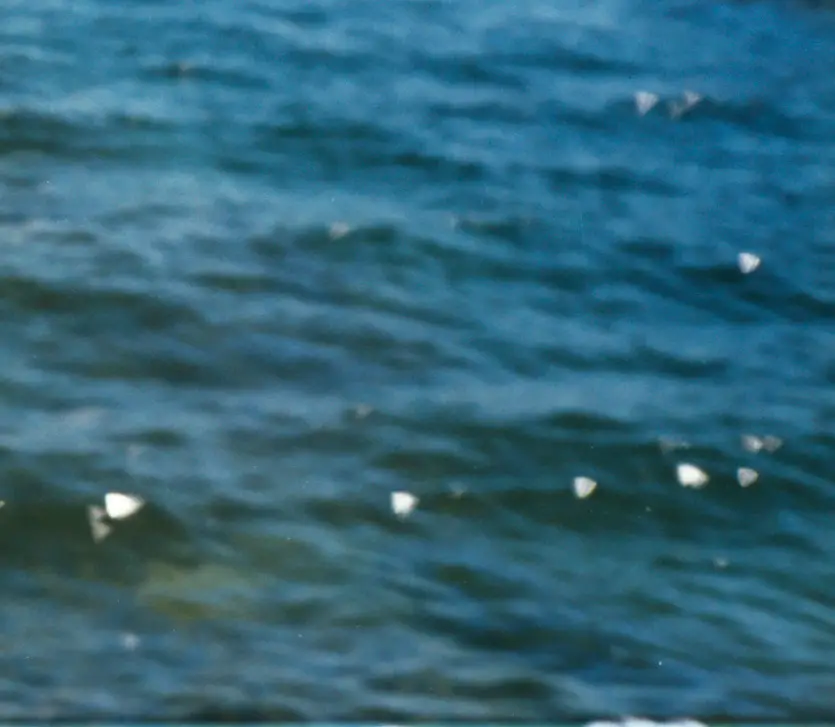
In automatic settings the flash apparently only triggers when the exposure is under 1/45th. The flash then triggers and the shutter speed is kept at 1/45 to maintain a steady hand and not produce blurry photos. I my experience the flash did not fire unnecessarily and when it did it still produces pleasing photos.
The Fujifilm Klasse build quality is nice, made of aluminum/magnesium alloy. It feels nice in the hand but not as sturdy and premium as the T2 or the Ti35. It’s higher quality than an all plastic compact but does not instil confidence that it would survive well if dropped. That being said, it is lighter than the T2 and 35Ti.
At first glance the Fujifilm Klasse also only appears to have a + 0.5 and +1 exposure compensation function. When I bought the camera it did not include a manual, but I came across a very helpful review that pointed out the camera actually has +/-2 exposure compensation! It’s a bit tricky, involving multiple buttons being pressed, but it is a real game changer for this camera. There are not many cameras at this price point with this many manual functions! Of course, unfortunately these settings are reverted to normal once turned off.
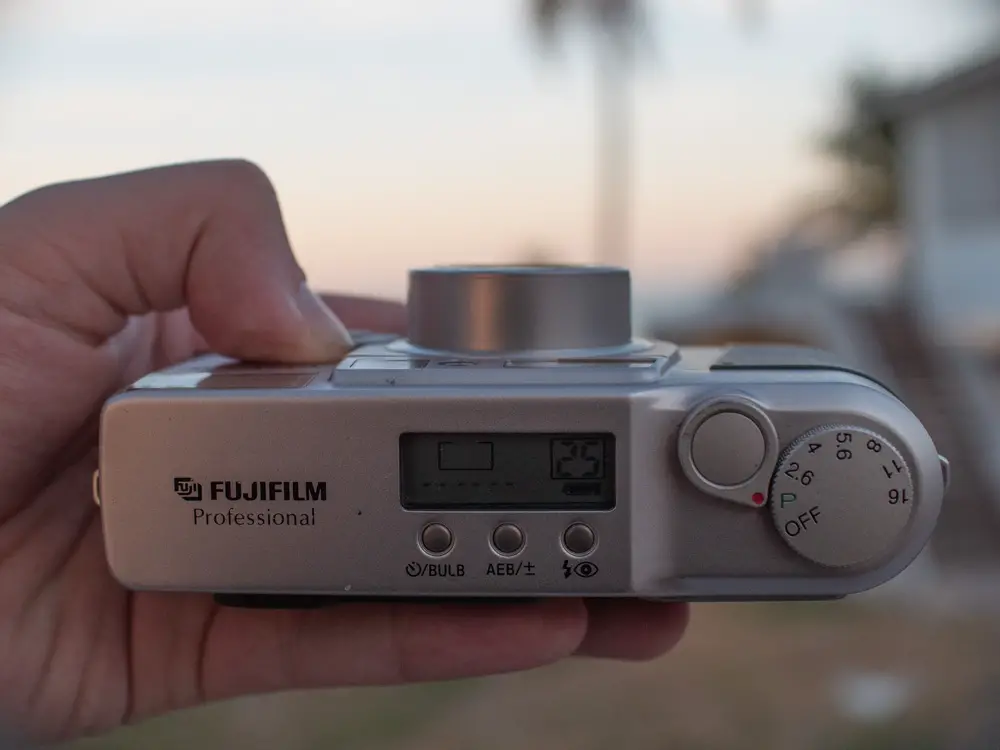
This all seems ok, a good camera right?
Well the real deal breaker for me is the focusing system. The Fujifilm Klasse series is notoriously slow to focus. Even when setting focus manually the lens has to extend before the photo is taken in a similar fashion to the auto focus system. For my use this defeats the purpose of having a manual focus setting almost entirely. The autofocus is accurate enough, except for the few times you would want to focus at 0.4m when manual focus is definitely the more reliable option, though 0.4 meters is pretty close, and I’m a bad judge of distances that short, so I recommend having a string or something to properly measure for better results manual focusing if you do wish to take close-ups regularly.
There is also a significant lag between the pressing of the shutter, focusing of the lens and the taking of a photo. It is instantly noticeable and what made me put the camera down in the first place. For review purposes I did go back to my T2 and 35Ti for reference. The two cameras focus in a similar way, even when manual focusing the lens only extends after a half or full press of the shutter. The T2 is very fast in comparison though, which made me think the lens focused as soon as you set the distance manually. Regardless the whole experience of focusing on the Fujifilm Klasse is not fun, and it could lead to missing a key moment.
Unfortunately there is no manual setting for ISO either. All this feels like a shame to me, because otherwise, it is a great premium compact!
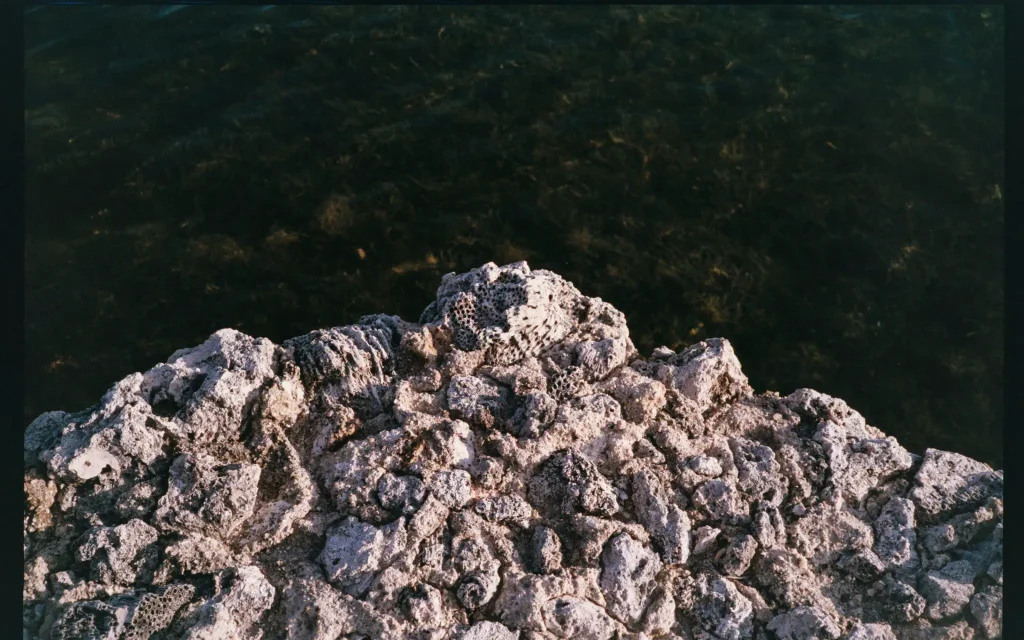
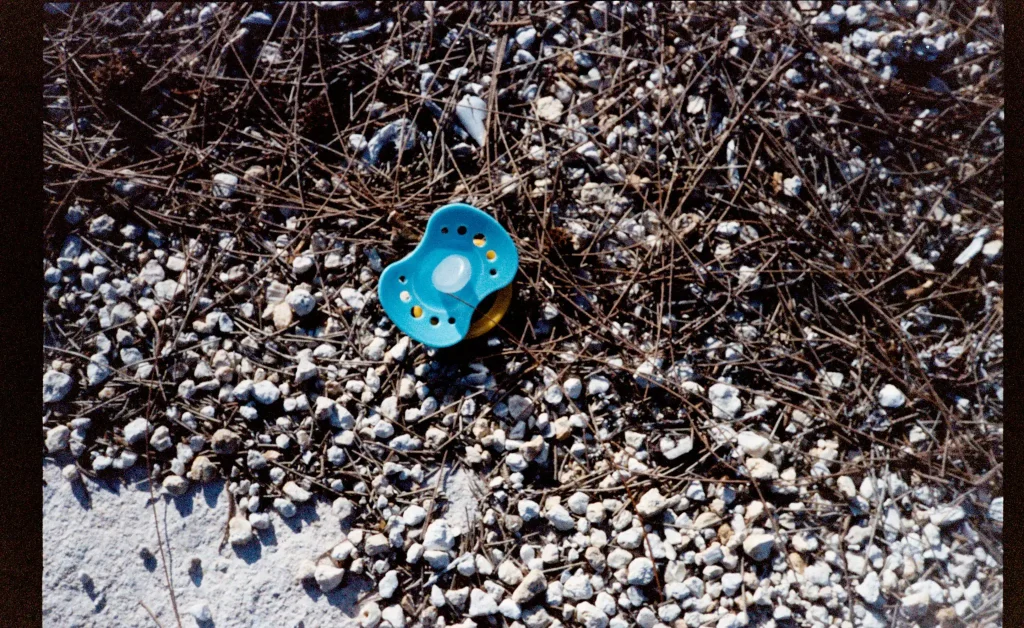

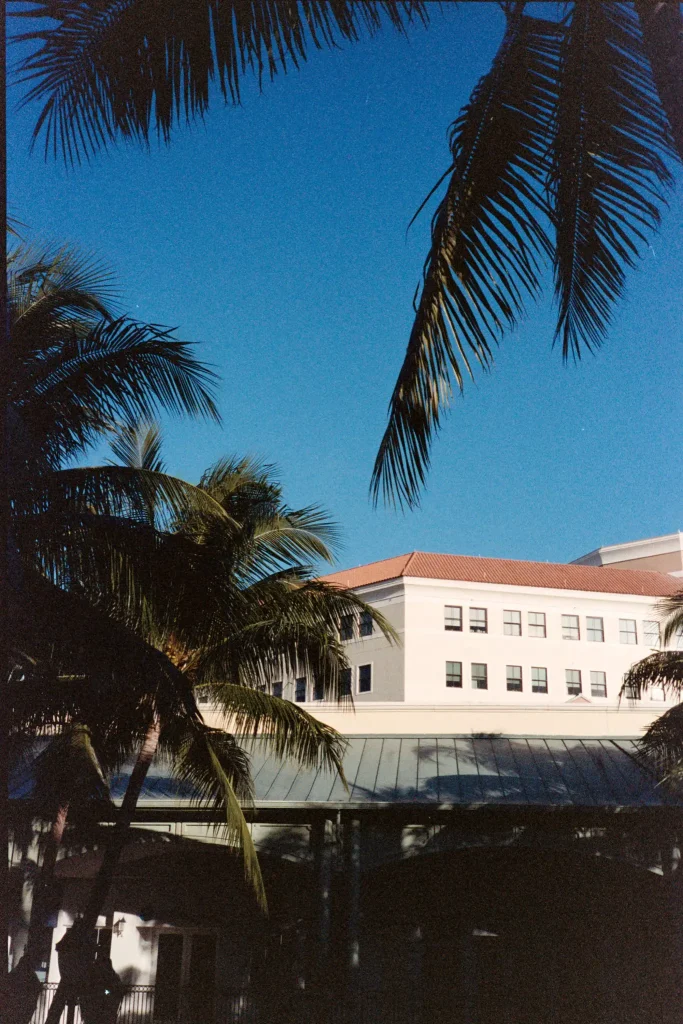
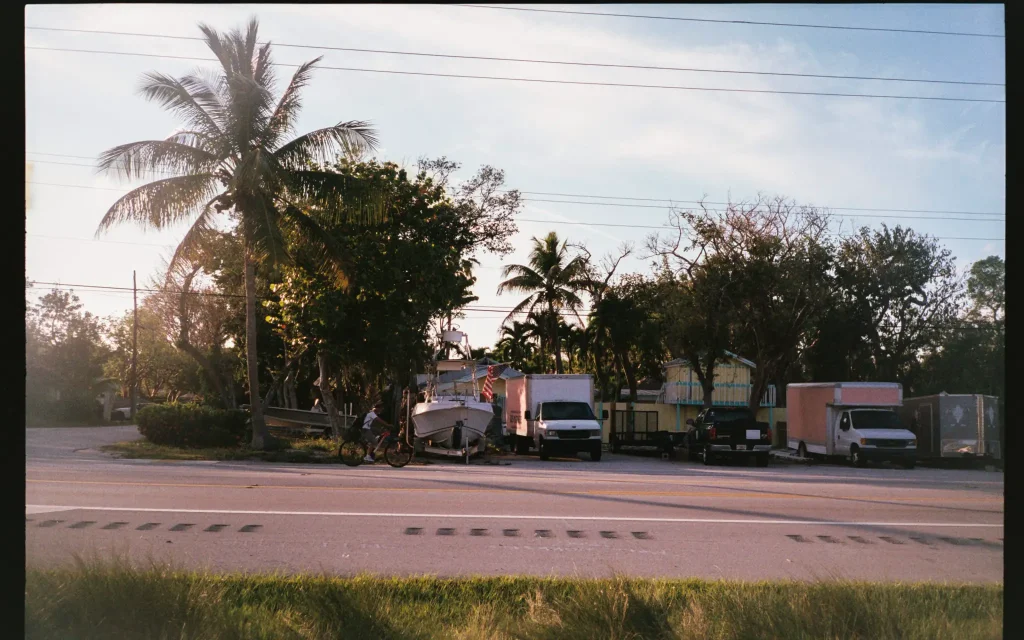
Ultimately, I never even tried the camera the way I really like to shoot street photography. The drawbacks made it pretty clear it would not suit that style of photography. Of course, these drawbacks could be advantageous to others. Close focus, fast lens, excellent exposure, unique bokeh and a nice flash could make this a great travel snapshot or portrait camera. If you are patient and take your time, I’m sure you could get great images out of this camera.
In the end the Fujifilm Klasse wasn’t a camera for me, but I do think the it could be an alternative to the Contax T2 for someone who’s photography allows the time needed to shoot. It is, overall, a great example of what makes premium compact cameras great!
It is so nice to see so many people contributing and reading articles here on 35mmc! I love to write and read so it is great to have this kind of platform. That being said, I did make a video version of this review with a few different pictures. If you enjoyed this post, then I’m sure you’ll enjoy the video! The video also has examples of the shutter lag, and can be found here
Thank you for reading!
Share this post:
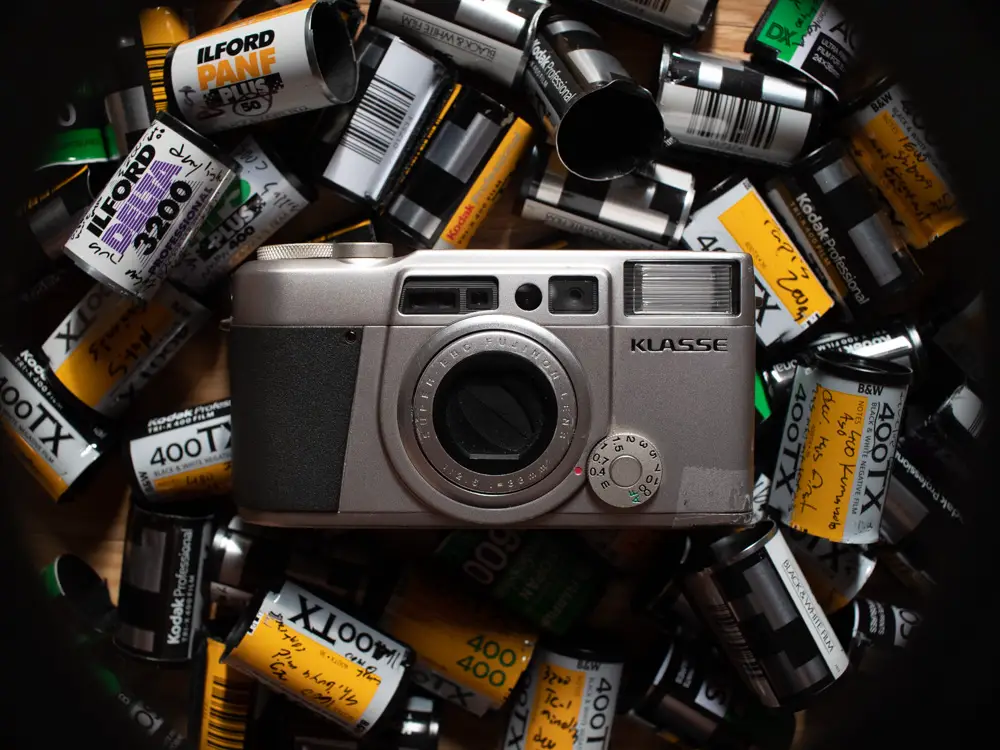
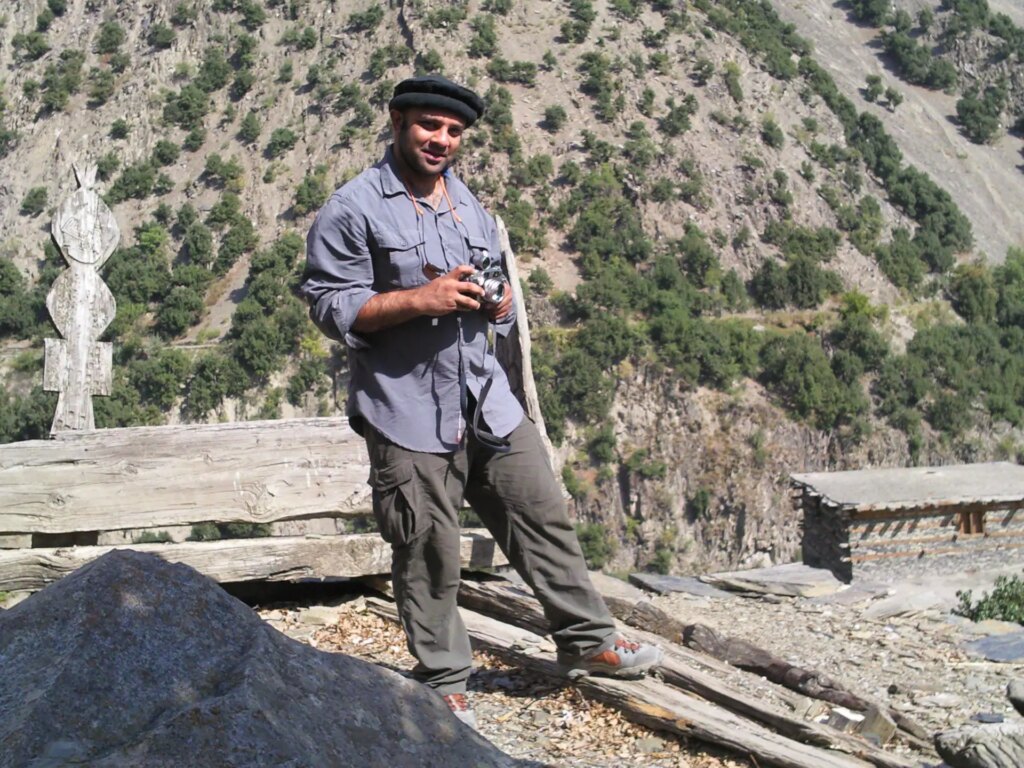
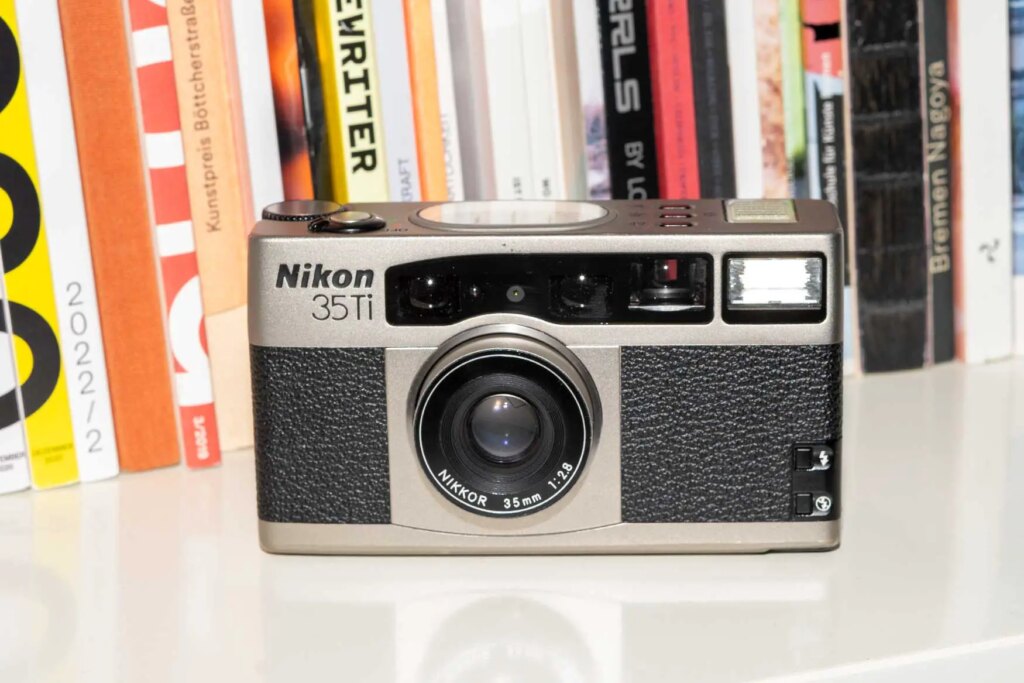
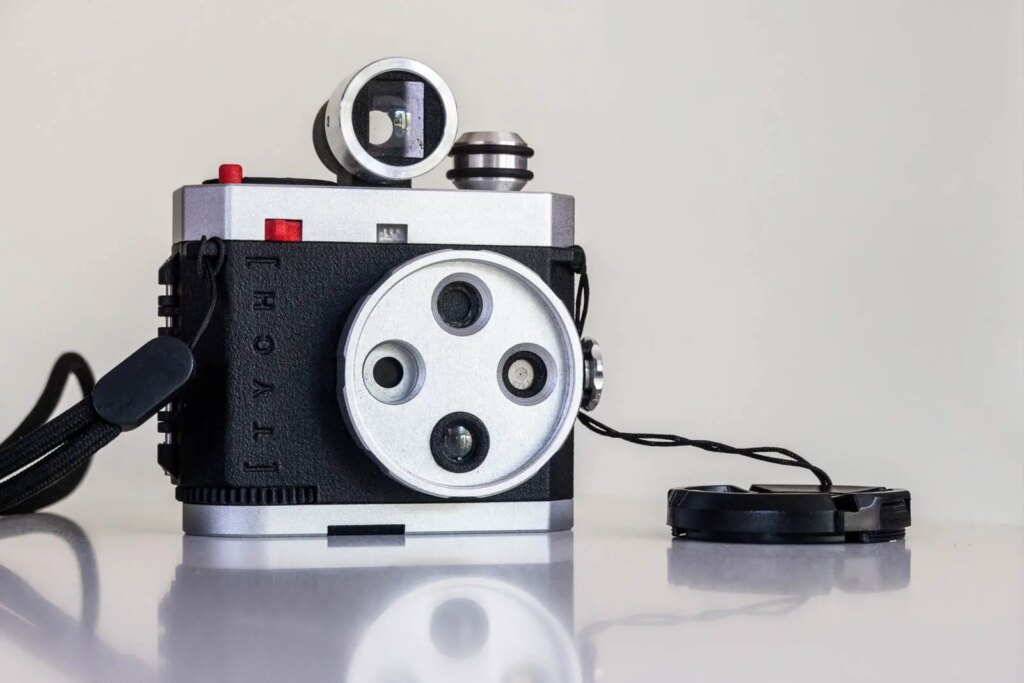
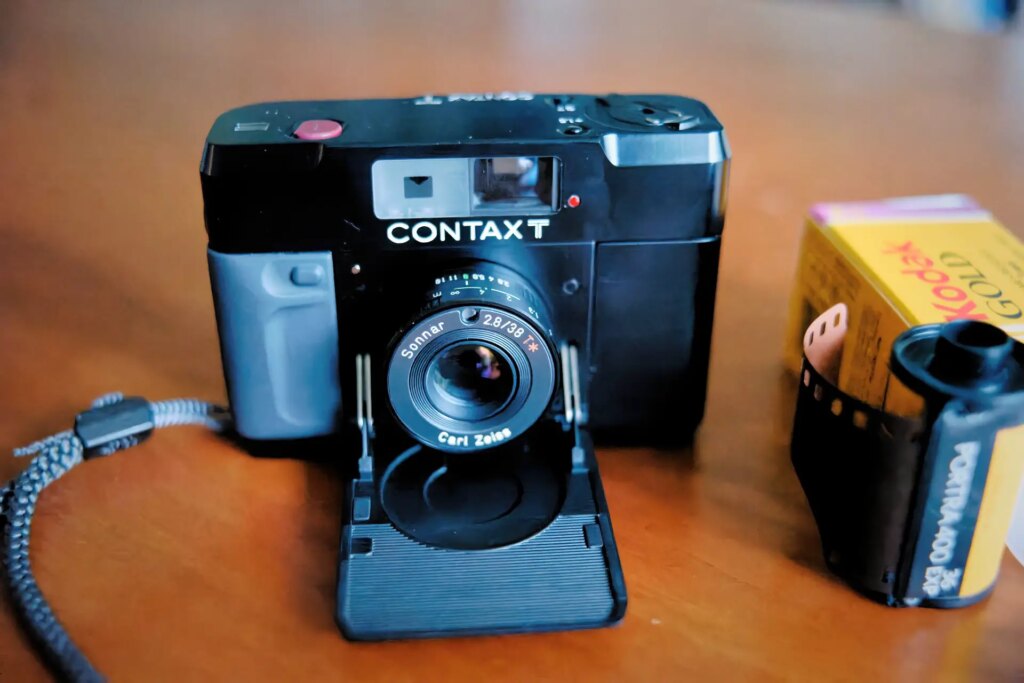




Comments
Wildly Insecure on Fujifilm Klasse 38mm F/2.6 Review – By David Narbecki
Comment posted: 21/06/2019
Comment posted: 21/06/2019
ed on Fujifilm Klasse 38mm F/2.6 Review – By David Narbecki
Comment posted: 21/06/2019
Comment posted: 21/06/2019
Eric Norris on Fujifilm Klasse 38mm F/2.6 Review – By David Narbecki
Comment posted: 21/06/2019
Comment posted: 21/06/2019
jJeff Rothstein on Fujifilm Klasse 38mm F/2.6 Review – By David Narbecki
Comment posted: 21/06/2019
Comment posted: 21/06/2019
Comment posted: 21/06/2019
Interview: Fujifilm X100V – 'We Decided We Could Change More In The Fifth Generation' - Digital Photo Help on Fujifilm Klasse 38mm F/2.6 Review – By David Narbecki
Comment posted: 23/02/2020
Interview: Fujifilm X100V – 'We decided we could change more in the fifth era' – PixelNova on Fujifilm Klasse 38mm F/2.6 Review – By David Narbecki
Comment posted: 23/02/2020
José Joaquín Lunazzi on Fujifilm Klasse 38mm F/2.6 Review – By David Narbecki
Comment posted: 27/02/2020
Comment posted: 27/02/2020